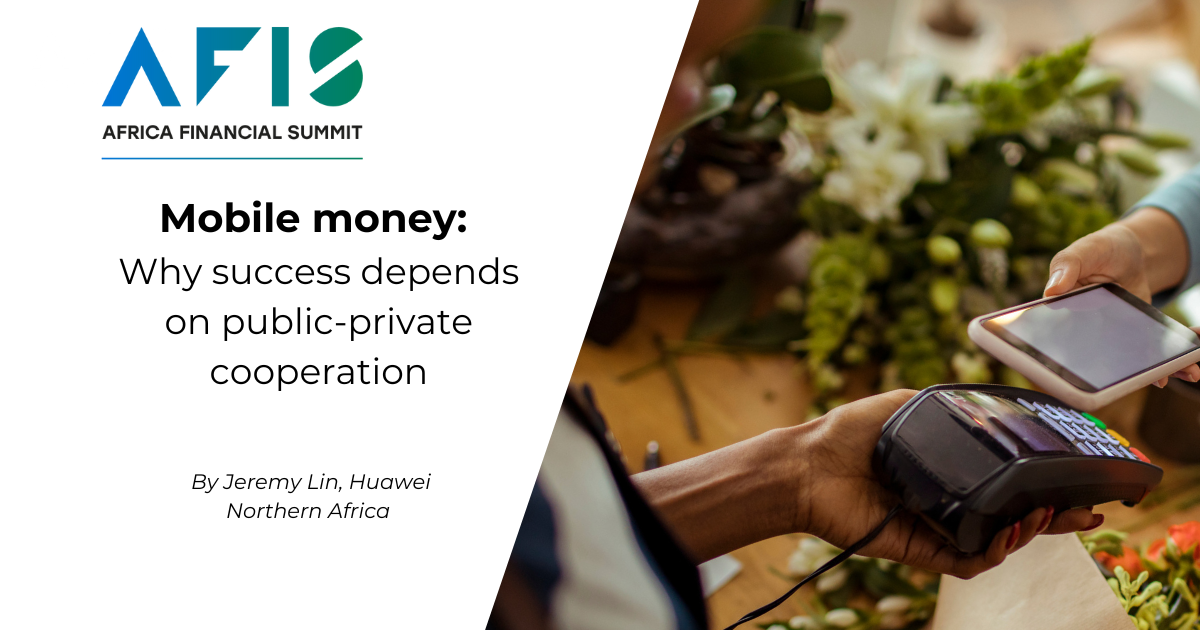Opinion: Why the success of mobile money depends on public-private cooperation

By Jeremy Lin, Executive Vice President of Huawei Northern Africa (North, West, and Central Africa)
A decade of innovation has demonstrated the continent’s capacity to adapt digital technologies to local needs and drive adoption among populations that have traditionally been excluded from traditional financial systems.
To date, this engagement has been primarily through payment and money transfers. But the sector is now starting to cater to further essential needs: access to credit for funding activities, savings for securing the future, and insurance against life’s uncertainties. This expansion will make it an even greater strategic lever for accelerating digital transformation and driving growth in emerging markets.
Super Apps for public transport and more
For example, telebirr, a mobile money app developed through a partnership with Ethio-Telecom and Huawei, has evolved into a true Super App to address the lack of diversified offerings.
Today, it offers a full range of services: from e-commerce, bill payments, and public transportation to microcredit, international remittances, and even a platform to donate to The Grand Ethiopian Renaissance Dam’s development and charitable organisations.
In just three years, telebirr has surpassed 40 million users, with monthly transaction volumes reaching 30% of Ethiopia’s GDP in March 2023. The product has moved Ethio-Telecom from a traditional role to a key player in Ethiopia’s digital and intelligent economy, paving the way for large-scale financial inclusion.
Its success embodies the Emerging Markets 2.0 (EM 2.0) model, which holds that emerging economies can expand beyond a narrow focus on natural resources and manufacturing to become technology-driven economies that attract foreign investors.
Connectivity and regulatory gaps demand public-private cooperation
However, for Super Apps to scale further, several challenges remain. These include improving connectivity in rural areas and ensuring that regulatory frameworks evolve in tandem with the diverse services offered by mobile money players.
The success of mobile money’s new chapter hinges on partnerships between telecom operators, technology providers, and governments. Together, they can combine their expertise to create sustainable solutions adapted to local needs.
Africa has pioneered mobile money and is poised to lead its next evolution, setting a blueprint for other emerging markets to integrate digital solutions into comprehensive development strategies.